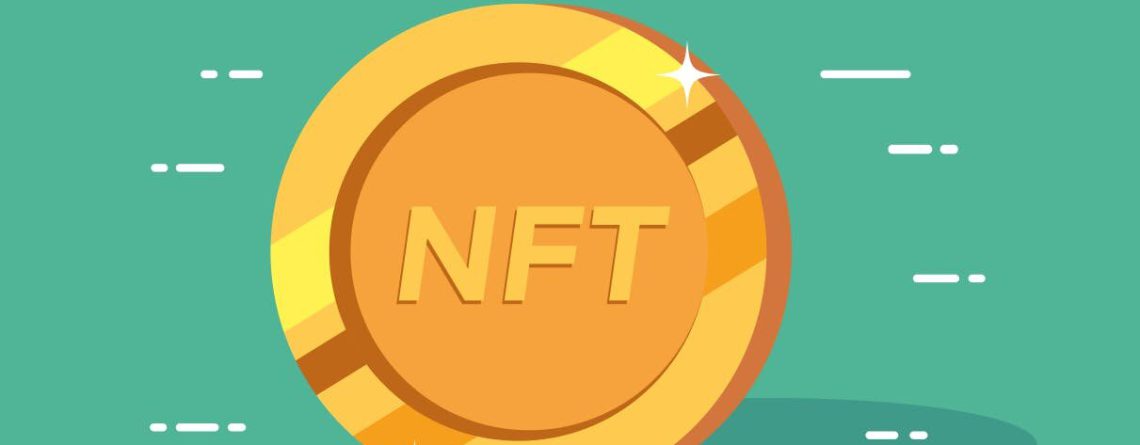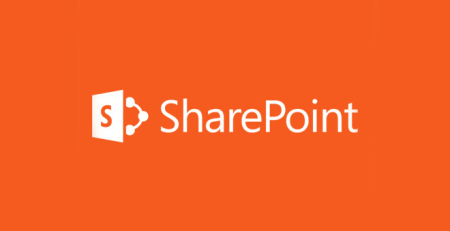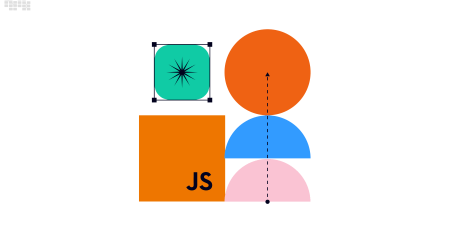What is NFT?
It’s been confirmed! Non-fungible tokens, or NFTs for short, are the newest cryptocurrency fad. According to reports, individuals spent a staggering $10.7 billion on them in Q3 2021, a huge increase from the previous quarter’s data. These estimates are expected to rise further following Mark Zuckerberg’s unveiling of his projected Metaverse.
If you’re one of the many people who is having trouble grasping the notion of NFTs or wondering what the metaverse has to do with them, we’re here to help!
Digital Asset
A digital asset is what an NFT is, and a digital asset can be nearly anything. Popular examples include digital artwork, virtual apparel, and memes. The most expensive NFT to far, digital artwork by artist Beeple, sold for a stunning $69 million earlier this year – and it was sold as a single jpeg file. The piece, titled “Everydays: The First 5000 Days,” combines several of Beeple’s works into a single piece. Though the artwork is stunning, it begs the issue of why someone would spend so much for something they could easily save to their desktop.
Non-Interchangeable
To begin, you must realize that NFTs are unlike any other cryptocurrency in that they are actually unique and have their own value. Non-fungible refers to something that is both irreplaceable and non-transferable. A Charizard and a Pikachu can be traded, but do they have the same value? Is it worth more or less depending on who owns it?
Bitcoin, on the other hand, is a fungible cryptocurrency, which means it is interchangeable and replaceable. One Bitcoin will always be worth the same as another.
Ownership
An NFT of the popular Nyan Cat meme from 2011 was purchased for 300 ETH (about $590,000) in February. According to the NFT judgement, there can only be one original Nyan Cat. This version of Nyan Cat, the original, is seen to have its own value; after all, it is the cat that ruled the internet in 2011. On the other hand, duplicate files discovered on Google Images are seen as virtually worthless – anyone may view them, and they are regarded as inconsequential.
The NFT approach is strongly reliant on ownership. Consider what happens when you buy a signed football shirt. If you were going to spend a lot of money on an autographed Cristiano Ronaldo shirt, you’d want proof that the signature is real, such as a photo or a certificate of authenticity. NFTs are no exception. This information is stored in the blockchain via NFTs. Blockchain technology ensures that there can only be one original asset and that no one can alter the ownership record.
What about Metaverse?
So, what does the Metaverse have to do with all this? To build a digital world, you need digital assets. NFT’s are digital assets.
The Metaverse’s reveal trailer depicts a fictional concert afterparty. Two avatars approach a screen with the words “NFTs and Visual Merch” written on it. They browse through the products before deciding on two outfits. Buying NFTs to show off to your friends could become a typical occurrence in the future. That’s right, your Post Malone hoodie might become a digital asset in the near future. This type of trajectory can already be seen in video games like Fortnite, where players may purchase NFTs for their characters. Zuckerberg is developing an augmented reality system that will allow you to do just that for your own avatar. However, NFTs clearly extend beyond apparel — perhaps the customer who purchased the Beeple artwork will save a spot on their wall?
We may soon live in a world where digital assets are an integral part of our daily life. Some believe that the Metaverse will eventually supplant the present internet, and that as a result, the Metaverse will become the next social media. Could you access someone’s NFTs instead of meeting them and asking for their Instagram, and therefore see their likes and collectibles?









Leave a Reply